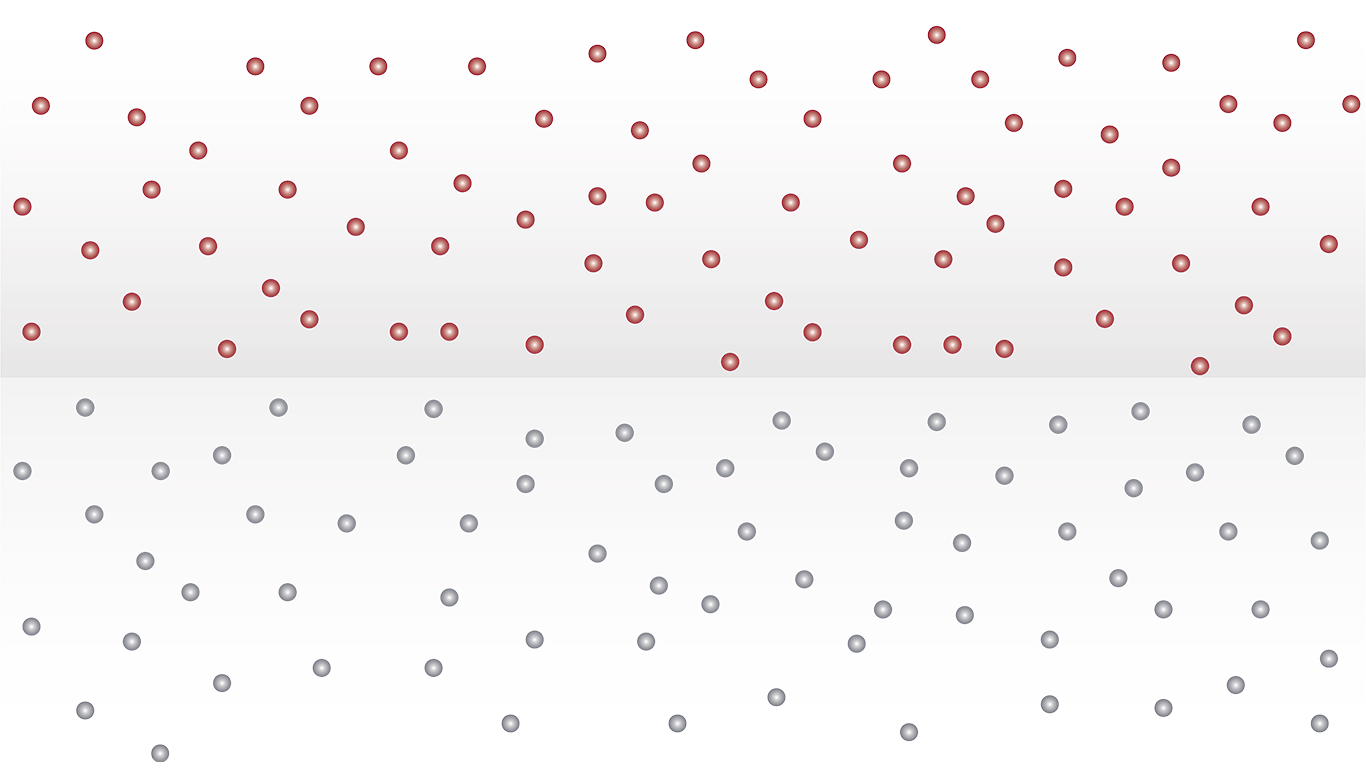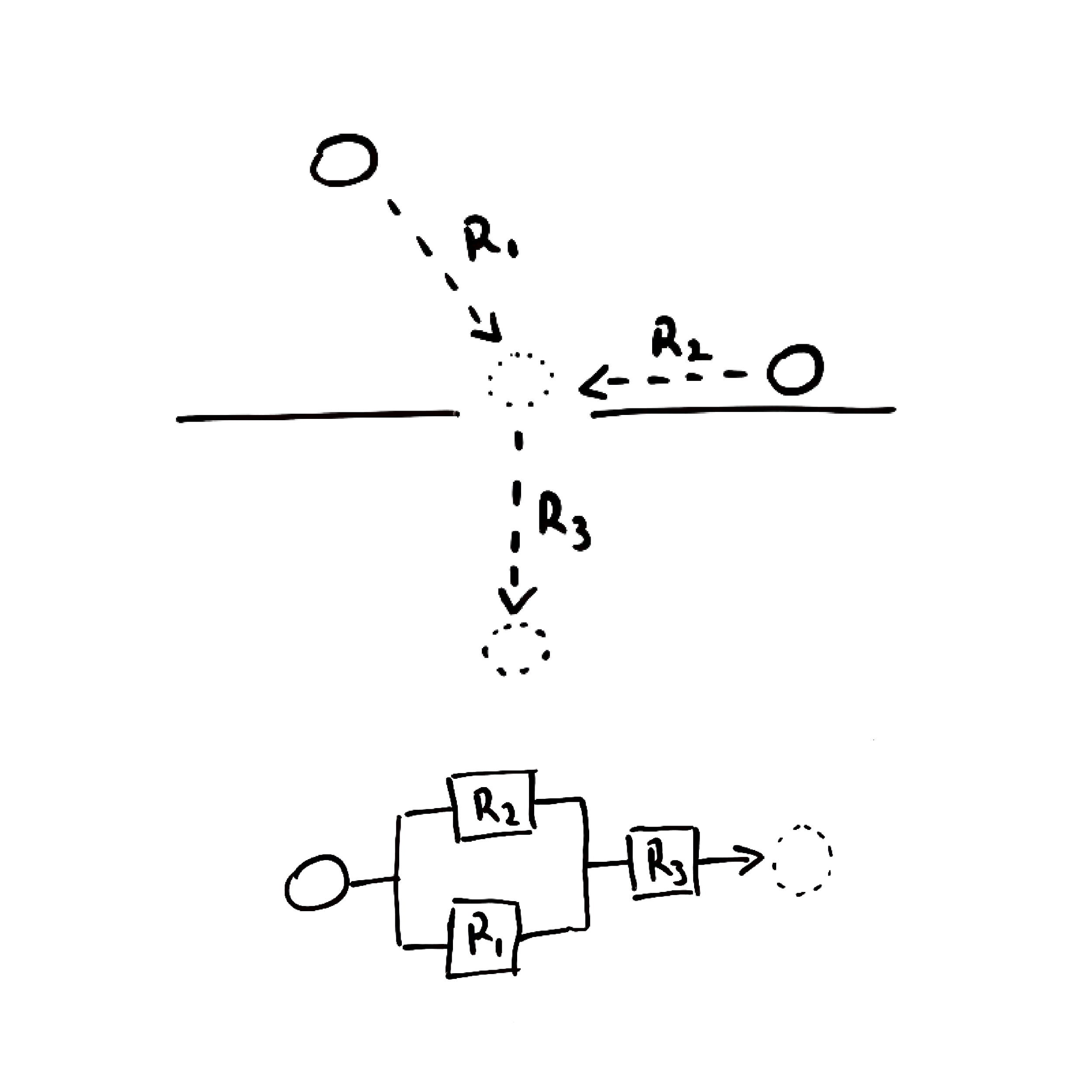Research
We have as overarching goal to further the molecular-level understanding of selective transport and develop novel membrane technologies for the sustainable production of energy and critical materials such as water, REEs, metals, oil derivatives, pharmaceuticals, and nutrients.
The research themes we are currently focusing on are:
Engineering Atom-Thick Nanopores
We find atom-thick nanopores fascinating for two primary reasons: First, they provide an optimal platform to investigate molecular transport in confined environments. Second, membranes housing a high density of these nanopores can deliver exceptional performance due to the minimized path length for molecular diffusion, leading to unparalleled energy efficiency.
Nanostructure Manipulation in Ultrathin Polymer Films
Interfacial Polymerization (IP) is a key industrial process for creating thin selective layers for reverse osmosis and nanofiltration. While current IP-based membranes excel in water and solvent purification, they fall short in selectively recovering valuable solutes, primarily due to their inability to differentiate between similar solutes. This capability is crucial for emerging resource recovery applications. Our goal is to improve control over the nanostructure and chemistry of IP-produced films, expanding this scalable technology's use to create membranes suitable for resource recovery.
Enhancing Selectivity through Chemical Patterning
The principle of separating molecules based on size has limitations, particularly when distinguishing molecules of similar sizes or when dealing with solvated molecules. We propose that enhanced selectivity can be achieved through chemical patterning. This method could allow for the development of ultraselective membranes capable of differentiating molecules beyond just size, thereby unlocking new avenues for resource recovery.
Equipment in Our Lab
Our lab is equipped with a wide range of instruments to support our research. We have a Biologic VSP-300 Potentiostat/Galvanostat with EIS capabilities and a Controlled Environment Sample Holder (CESH-e) for electrochemical studies. Filtration experiments are supported by custom-made dead-end filtration setups and diffusion cell setups. For material processing, we use a Laurell WS-650MZ-23NPPB spin coater, a PTL-MM01 dip coating machine (MTI Corporation), and a Unipol-1210 polishing machine (MTI Corporation). Our thermal processing equipment includes standard ovens (BPG-7032), vacuum ovens (DZF-6020), and high-temperature ovens (DHG-9000JB), all from MTI Corporation. Additionally, we have a UV5Nano UV-Vis spectrometer (Mettler Toledo), a XL-1000 UV crosslinker (Spectronics Corporation), and two Orion VersaStar Pro pH/Conductivity meters (Thermo Scientific). Precise weighing is achieved using the XSR105DU analytical balance and MA3002 precision balance, both from Mettler Toledo. Other facilities include refrigerators, freezers, vacuum desiccators, laminar flow hoods, fume hoods, stir and hot plates, casting knives, pipettes, peristaltic pumps, syringe pumps, and ultrasonic cleaning systems. We are also constructing a Chemical Vapor Deposition (CVD) setup and two gas permeation setups.
In addition to our in-lab capabilities, we have access to state-of-the-art shared facilities for advanced material characterization. These include Scanning Electron Microscopy (SEM), Transmission Electron Microscopy (TEM), Atomic Force Microscopy (AFM), Raman Spectroscopy, X-ray Photoelectron Spectroscopy (XPS), X-ray Diffraction (XRD), and Inductively Coupled Plasma Optical Emission Spectroscopy (ICP-OES). These facilities enable us to complement our research with detailed structural and compositional analysis.
-
Material chemistry and engineering to address current and forthcoming separation needs aided by understanding of selective molecular transport.
The global energy destined for chemical separations is immense. More than ten percent of the total world energy demand goes to separations and it is only expected to increase as i) critical raw materials are being stressed to levels where stringent separations are required to maximize their recovery and circularity, ii) capturing carbon and emerging contaminants shifts from being a luxury to a necessity, and iii) energy storage technologies that rely on separations are increasingly adopted. Technologies that can selectively recover critical materials from streams in an energy-efficient way are in high demand to secure supplies and minimize environmental impact. The plethora of critical materials (e.g., rare earth elements [REEs], metals, water, nutrients, oil derivatives) and contaminants (CO2, polyfluoroalkyl substances, metals) together with the variable nature of the streams containing them, call for versatile and resilient separation technologies that can adapt as required. Membrane technology can do so in an energy-efficient, modular and clean way, provided the membrane properties can be controlled at will. In this technology, the membrane acts as a molecular filter differentiating between the species present in the mixture. The thickness of the membrane, its pore size and density, hydrophilicity, and charge determine which molecules can pass and how much energy they require to do so. Generally, thinner membranes with a narrow pore-size distribution are preferred to lower the amount of energy needed and maximize selectivity.










